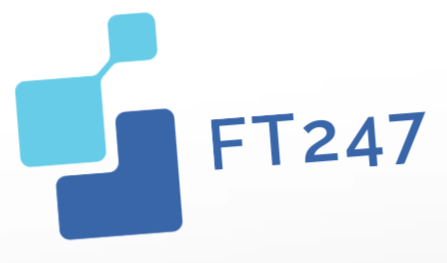Introduction to 3D Printing and Prototyping
3D printing, also known as additive manufacturing, is a revolutionary technology that allows for the creation of three-dimensional objects from a digital file. The process involves layering materials such as plastic, metal, or resin to build the final product. Prototyping, on the other hand, refers to the creation of an early model of a product to test and validate ideas before full-scale production. Together, 3D printing and prototyping offer innovative solutions across various industries, including automotive, healthcare, aerospace, and consumer goods.
Types of 3D Printing Technologies
Fused Deposition Modeling (FDM)
FDM is the most common method of 3D printing, utilizing thermoplastic filaments that are heated and extruded through a nozzle. This technology is widely used due to its affordability and ease of use, making it ideal for hobbyists and small businesses. The average cost of an FDM printer ranges from $200 to $3,000, depending on the specifications.
Stereolithography (SLA)
SLA printing uses a laser to cure liquid resin into hardened plastic. This method offers high precision and is suitable for creating intricate designs. SLA printers are typically more expensive, with costs ranging from $1,000 to $10,000. SLA is often used in industries where accuracy is paramount, such as dental and jewelry design.
Selective Laser Sintering (SLS)
SLS employs a laser to fuse powdered materials, such as nylon or metal, layer by layer. This technology allows for complex geometries and is often used for functional prototypes. SLS printers usually start at $10,000 and can go up to $100,000, making them more suited for larger manufacturing operations.
Getting Started with 3D Printing
Choosing the Right 3D Printer
Selecting the appropriate 3D printer depends on your specific needs, budget, and the materials you wish to use. For beginners, an FDM printer is often recommended due to its affordability and user-friendliness. Consider the following factors when choosing a printer:
– **Build Volume**: Ensure the printer can accommodate the size of the objects you plan to create.
– **Material Compatibility**: Check what materials the printer can handle, as some are limited to specific filaments.
– **Print Speed**: Evaluate the time it takes to produce a print, which can vary significantly between models.
Software for 3D Printing
Before printing, you need to prepare your design using 3D modeling software. Some popular options include:
– **Tinkercad**: A user-friendly, browser-based application ideal for beginners.
– **Fusion 360**: A more advanced tool that offers comprehensive CAD features for professionals.
– **Blender**: An open-source tool that is excellent for artistic and complex designs.
Once your design is ready, you’ll need slicing software, such as Cura or PrusaSlicer, to convert your model into a format that the printer can understand.
Prototyping with 3D Printing
Benefits of 3D Printing for Prototyping
3D printing has transformed prototyping by offering several advantages:
– **Speed**: Rapid prototyping allows companies to produce and test models within hours or days rather than weeks.
– **Cost-Efficiency**: Traditional prototyping methods can be expensive; 3D printing reduces costs by minimizing material waste and labor.
– **Design Freedom**: 3D printing facilitates the creation of complex geometries that would be impossible with traditional manufacturing methods.
Applications of 3D Printing in Prototyping
Various industries leverage 3D printing for prototyping:
– **Automotive**: Companies like Ford use 3D printing to create functional prototypes for testing aerodynamics and ergonomics.
– **Healthcare**: Medical professionals create patient-specific anatomical models to plan surgeries, improving outcomes.
– **Consumer Products**: Brands like Adidas use 3D printing to prototype footwear designs, allowing for rapid iterations based on consumer feedback.
Financial Considerations in 3D Printing
Initial Investment
Starting with 3D printing can involve significant upfront costs. Here’s a breakdown of potential expenses:
– **3D Printer**: $200 to $100,000, depending on the technology and specifications.
– **Materials**: Filaments (FDM) can range from $20 to $50 per kilogram, while resin (SLA) can cost between $30 to $200 per liter.
– **Software**: While many options are free, professional software licenses can range from $300 to $1,500.
Operational Costs
Ongoing operational costs include maintenance, energy consumption, and material replenishment. For instance, a mid-range FDM printer may consume about $0.50 in electricity per print, while an SLA printer might incur higher costs due to more expensive materials.
Future Trends in 3D Printing and Prototyping
The future of 3D printing is bright, with advancements in technology paving the way for new applications. Key trends include:
– **Material Development**: Innovations in materials will expand the possibilities for 3D printing, including bio-materials for medical applications.
– **Sustainability**: As environmental concerns grow, the industry is moving toward more sustainable practices, including recycling materials.
– **Integration with AI**: Artificial intelligence is being integrated into the design and printing process, allowing for smarter and more efficient production.
Conclusion
3D printing and prototyping have become indispensable tools in various industries. With a range of technologies available, businesses can choose the right equipment and software to meet their needs. As the industry continues to evolve, staying informed about trends and advancements will be crucial for those looking to leverage this technology for innovation and efficiency.

